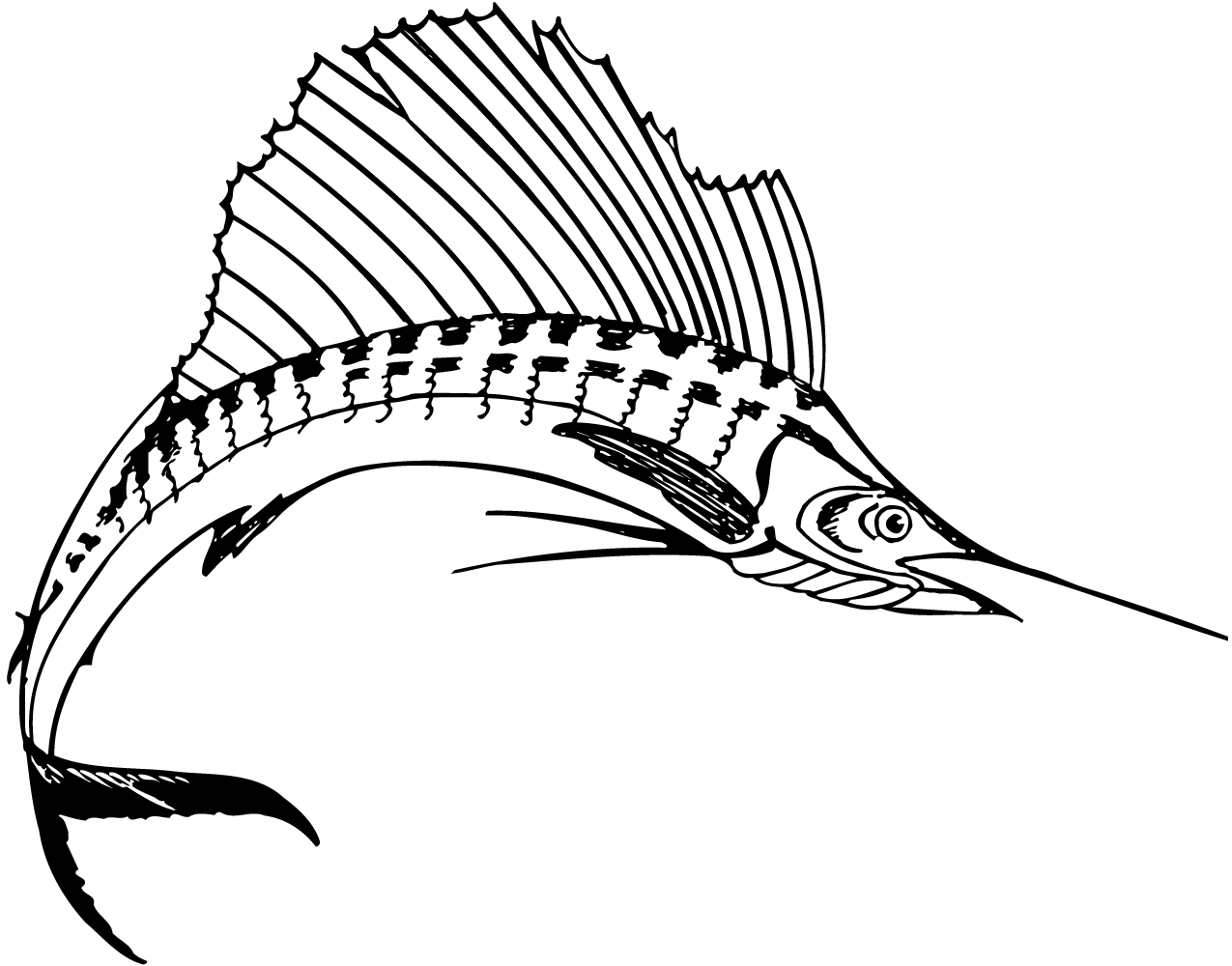

It is now the custom to fish for them with a long strip of cut-bait, preferably mullet, but any cut-bait seems to serve when they are taking well.

At first it was supposed to be necessary to bait with a silver mullet in order to entice a sailfish to take, and they were difficult to hook, for it was found that they would mouth this large bait for some time before swallowing it. They are not an easy fish to follow, for they are here, there, and everywhere for a few moments and then suddenly disappear.Īlthough they are a quick moving, agile fish, they are delicate biters and it requires patience and skill to hook them. The sailfish are most interesting fish to hunt after, for they are usually found in schools and can often be seen jumping above the surface of the sea. To help matters a fish is supplied with an air-sack which renders it bulk for bulk about the same weight as the water it displaces". The caudal, dorsal, and anal or vertical fins have steering functions to perform, while the pectoral and ventral pairs of fins are chiefly intended for balancing purposes.įish would be unable to navigate on an even keel without these horizontal fins, for the centre of gravity of most fish is toward the head or dorsal side.
#SAILFISH JUMPING LINE ART FULL#
"The chief motive and jumping power of a fish is in its tail which as it hits the water straightens out the curving body and shoots it forward, allowing the pectoral and ventral fins to strike flat with their full power. The fin houses in a slot and I have never seen it in use except when this active fish is jumping about on the surface of the ocean, feeding, or rapidly travelling seaward then it seems to be used as a rudder or guide, for the fish open and close it as they drive and jump along from wave to wave.

The theory that these fish lie on the surface and work to windward with their sail-like fin is a romance, nor do they seem to use it when swimming beneath the surface. Their peculiarity is their large indigo blue dorsal fin and it is difficult to fathom the purpose for which this fin is intended. A fish that is seven feet long will as a rule weigh under fifty pounds. The sailfish are long and slim of body and not of great weight. THE sailfish belongs to the same family as the spearfish and is to be found in the warm waters of the West Indies and in the Gulf stream along the coast of southern Florida.


 0 kommentar(er)
0 kommentar(er)
